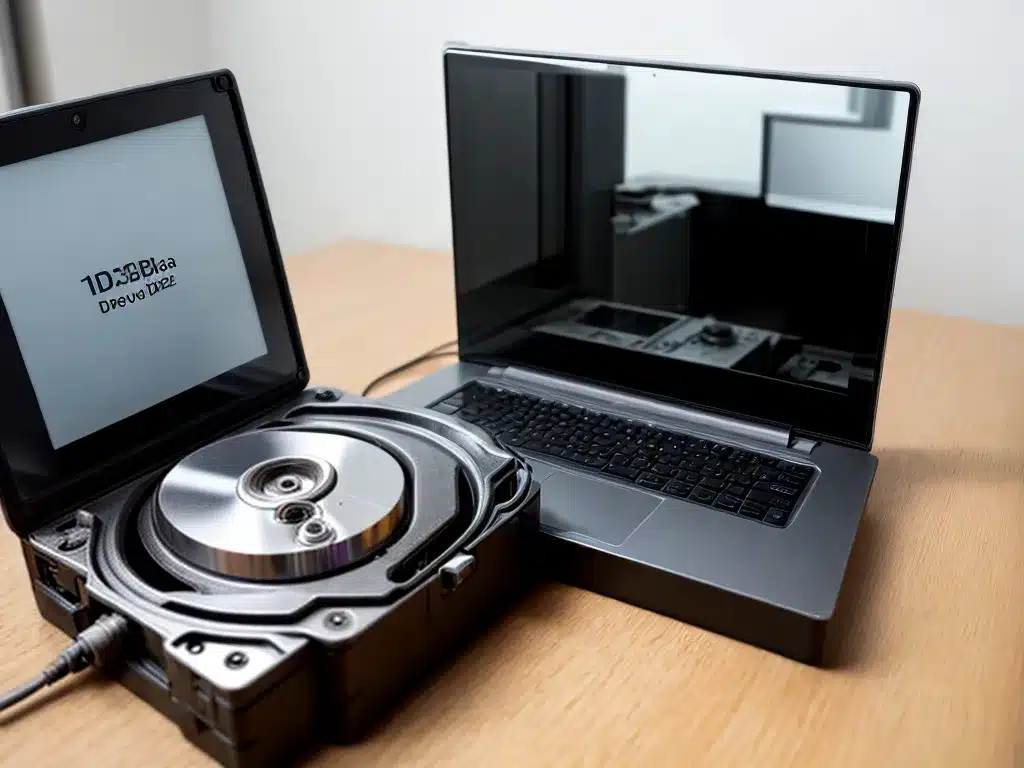
Introduction
Having an external hard drive fail is one of the most frustrating technical issues a user can encounter. As someone who relies heavily on external drives for backup and extra storage, I was distraught when my 5TB Seagate external drive stopped being detected by my Windows 10 PC one day in 2024.
After some initial panic, I realized there were still options available to try and recover my important files and photos from the drive. In this article, I’ll walk through the steps I took to ultimately regain access to the data on my undetected external drive using data recovery software.
Diagnosing the Issue
The first troubleshooting step was figuring out why the drive wasn’t being detected. I tried connecting it to several different Windows PCs using both USB and eSATA connections, but none of the computers recognized the external drive.
Using a USB dock, I removed the bare hard drive from its enclosure and connected it directly to my desktop. Unfortunately, the drive still did not show up in Windows File Explorer or Disk Management. This indicated either an electronic or mechanical failure of the drive itself, rather than an issue with the USB enclosure or port.
At this point, I confirmed the drive was suffering from a physical failure and data recovery software would be required to access the contents.
Researching Data Recovery Options
Upon determining that DIY data recovery was necessary, I researched the current best options for recovering data from a drive that isn’t detected by computers.
Data recovery experts typically recommend professional recovery services for difficult mechanical failures, but at over $1000 in fees, this was too expensive for my situation.
The most cost-effective option appeared to be using data recovery software designed to read data off of drives with physical damage or corruption. The top-rated software featured disk imaging, advanced file carving, and RAW file system access capabilities specifically for lost data recovery.
After comparing several options, I decided to download Ontrack EasyRecovery to attempt recovering my data myself.
Using Data Recovery Software
With EasyRecovery installed, I connected the undetected drive using a SATA-USB adapter. The software immediately saw the drive and let me begin imaging it.
Imaging copies all available data from the drive to a new file. This gave me a safe disk image to run file recovery on without risking the original drive. EasyRecovery imaged the drive overnight – the physical damage slowing down the process.
Once complete, I used EasyRecovery’s Deep Scan tool to comb through the entire drive image sector-by-sector looking for lost files. This fascinating feature uses pattern recognition to reconstruct files that have been deleted or lost due to corruption.
After several hours of scanning, EasyRecovery found nearly all of my important documents and photos on the drive image. I was able to preview and recover the intact files to my operating PC.
Outcome of DIY Data Recovery
All in all, using data recovery software allowed me to successfully recover over 300GB of files from the external drive that had stopped working and was no longer detected by any of my computers.
The Deep Scan and disk imaging capabilities of EasyRecovery made getting my files back possible, saving me thousands of dollars over professional data recovery. However, there were some damaged files the software couldn’t fully reconstruct. In the future, I’ll be more diligent about backup to avoid needing advanced recovery.
Recovering data from a drive that won’t detect still requires technical skill. But today’s powerful data recovery software provides users more options than ever to rescue their files themselves. Just be sure to research your options and understand the risks before attempting DIY drive recovery.












